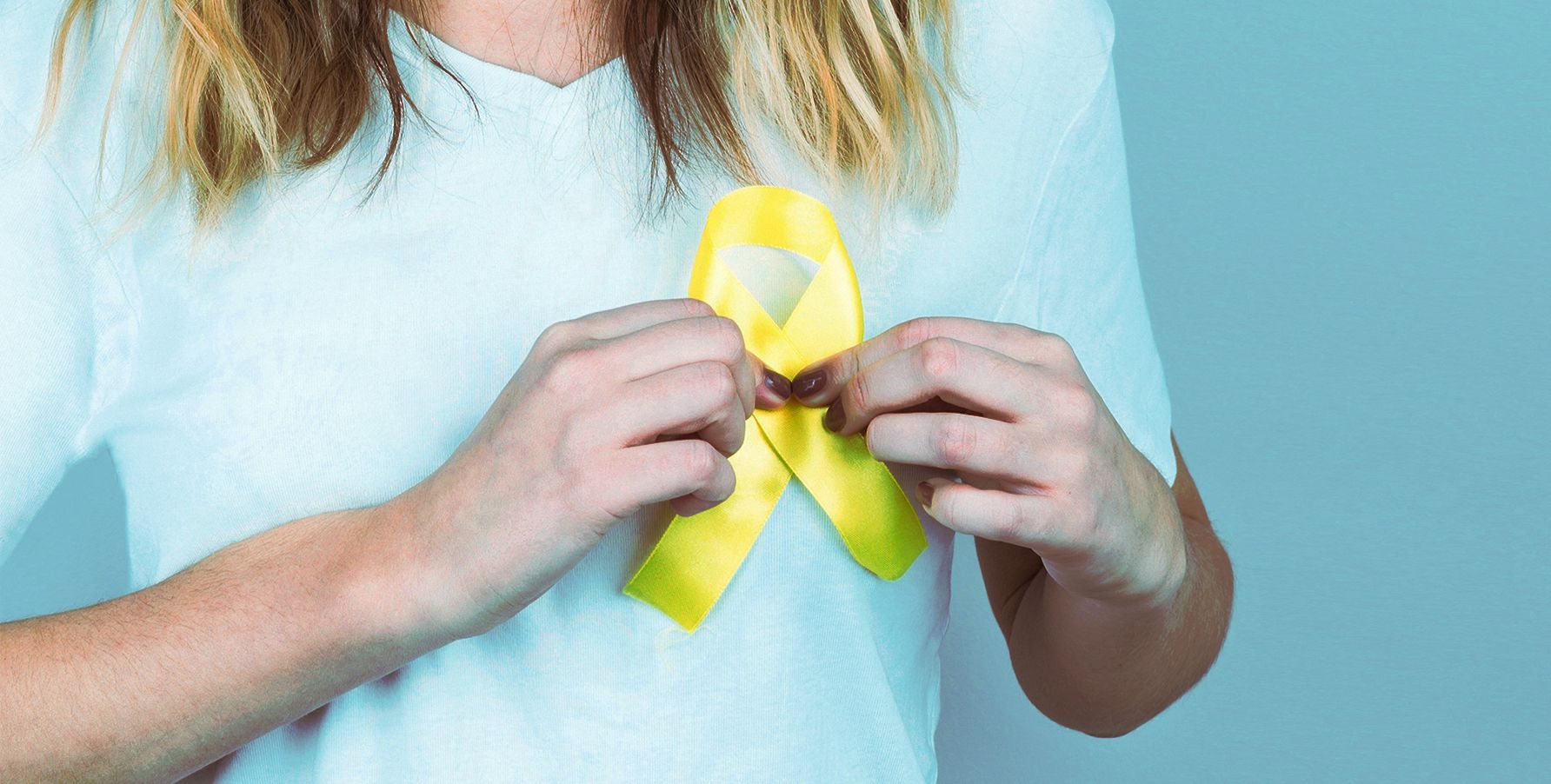Increased investment Needed in Older Australians and Aged Care
Default Author • November 12, 2020
While the Morrison Government has reported record investment of more than $2.7 billion to drive aged care reform and ensure the needs of senior Australians are prioritised, is it enough?
In a media release on the 8th October the Minister for Aged Care and Senior Australians, Richard Colbeck, said the 2020-21 Budget showcased the Morrison Government’s determination to strengthen our aged care system and keep our loved ones safe.
“A $1.6 billion investment into home care packages is the centrepiece of this year’s funding for senior Australians, as the Federal Government continues to respond to the recommendations of the Royal Commission into Aged Care Quality and Safety.”
“Funding for aged care has grown from $13 billion in 2012–13 to nearly $24 billion this year, and will reach over $27 billion by 2023–24 representing an increase by $8 billion over the forward estimates compared to last year’s Budget.”
With 23,000 additional home care packages – the largest allocation to date - and 6,105 packages announced in July 2020 at a cost of $325.7 million this takes Government investment to almost 30,000 packages, valued at more than $1.9 billion, to be delivered in 2020.
The additional places will continue to drive down the number of people in the Home Care National Prioritisation System following a 20 per cent decrease in the year to March 2020. These packages offer choice for some people who are seeking support in the home, but is it enough?
The 2020-21 Budget also includes the provision of $408.5 million for initiatives including:
- Dementia training and support ($11.3m)
- Implementation of the aged care workforce strategy ($10.3m)
- Keeping young people out of residential aged care ($10.6m)
- Preparatory work for a new funding model to support better care ($91.6m)
- Support for the Royal Commission ($4.1m)
- Support through the Business Improvement Fund ($35.6m)
- Commonwealth Disability Support for Older Australians ($125.3m)
- Investment in the Serious Incident Response Scheme ($29.8m); and
- Developing the single in home support program for older people at home ($4.6m).
As a leading provider of staff in the aged care and community care sector, I welcome the focus on the delivery of a more personalised aged care sector, with the investment by the Morrison Government of $10.8 million to attract and enhance the skills and leadership qualities of aged care nurses.
While I agree with the sentiment of Minister Colbeck who said “A strong aged care sector, with a high quality and skilled workforce will provide older Australians with the care they rightly deserve and give all Australians confidence that our elderly are cared for with kindness, respect and dignity,” is this investment enough?
In a media release on 27 Oct 2020, Aged and Community Services Australia CEO Patricia Sparrow said StewartBrown’s A ged Care Financial Performance Survey
and Home care package data recently released delivered a wake up call that greater investment is needed to ensure older Australians get the services they need when they need them.
She states “While Government has committed to more home care packages, an additional 30,000 in the past budget, and provided some additional funding to support COVID related costs, this still does not bridge the gap.”
“The performance survey reveals we have an increasing number of facilities now at 64% - rising to a massive 78% in rural and remote areas - operating at a loss, with increasing costs from COVID and no respite in sight,” she said.
“This is not a few inefficient providers running into trouble, this is a systemic issue of underfunding and must be urgently addressed.”
“Urgent action is needed on both fronts. Without action the gap between the cost of quality care and funding will grow.”
“The Royal Commission final report, due early next year, provides a once-in-a-generation opportunity for big picture reform for the sector, rather than ongoing band-aid solutions, but actions should begin right now.
“For many people, the COVID-19 situation has led to job losses or changes and maybe considering new career options. The aged care workforce needs to triple by 2050 and we need even more workers immediately to help the sector care for older Australians.
“Employing more people, contributing to the country’s economic recovery and supporting older Australians has the potential to be a truly wonderful combination,” she said.
As we plan for 2021 we’ll continue our commitment to providing qualified staff for the aged care sector and welcome any additional investment to help bridge this gap.
Sources:
https://acsa.asn.au/Media/2020/Data-shows-urgent-need-for-increased-investment

By Kerri-Lynn Mossop
•
July 1, 2024
‘Raising Awareness to Create Survivors!’ July is Sarcoma and Bone Cancer Awareness Month, it’s time to put on your yellow tee, wear your ribbons and raise awareness to raise much needed funds for research that will empower further research into treatment and assistance for those affected by this rare disease! In November 2007, a group of advocates in Seattle came together to unite all Sarcoma Non-profits – supported by doctors at sarctrials.org , a petition of 100,000 signatures was sent to the White House to declare the 1st of July Sarcoma Awareness Month. Due to its rarity, Sarcoma is a cancer that is often under- researched, and by providing Awareness and Support, you can help raise funds that will help develop medicines and treatments that save multiple children’s lives and the support of Sarcoma Fighters, of all ages, to navigate this difficult disease! What is Sarcoma and Bone Cancer? Sarcoma is a cancer that affects the connective tissues in the body. These are your bones, cartilage, muscles, fatty tissue, fibrous tissue, and blood vessels. Sarcomas are divided into two main categories: Soft Tissue Sarcomas: These occur in the soft tissues of the body such as fat, blood vessels, nerves, and tendons. Soft Tissue Sarcomas are commonly found in the abdomen, legs, and arms. Bone Sarcomas: Bone Sarcomas start in the bone, which affects the functioning of the bones, weakening them and leading to fractures. Sarcoma is cancer that makes up only 1% of all cancers in adults – giving it the title of the ‘Forgotten cancer. Bone Sarcoma can start anywhere in the body, but it usually starts in the pelvis or long bones. Bone Sarcoma accounts for 1/3 of Childhood Cancers and is typically found in childhood and young adulthood. There are 70 Sarcoma Subtypes Abdominal Pain Weight loss Treatment Due to the rarity of Sarcomas, treatment will differ. As this is a primary Childhood Cancer, specialist paediatric teams provide treatment to children and young adults depending on the type of Sarcoma. Adults make up only 1% of the Sarcoma population, so specialist Sarcoma Teams assist adults with varying treatments, due to the number of different sarcomas. Typical Treatments Include Surgery Radiation Therapy Chemotherapy Targeted Therapy Thermal Ablation The 5-year survival rate for Sarcomas is currently around 65%. This lowers once the cancer has spread to 50% and late-stage diagnosis is only 18%. This is why it is vital to get checked out and raise Sarcoma Awareness! GET INVOLVED! Various Events will be held worldwide to raise awareness and funds about Sarcoma and here are a few ways you can get involved! United Kingdom: Cuppa and Cake for Sarcoma (UK) – Its simple, its fun and its delicious! Bake cakes or cupcakes, invite friends and family to enjoy a slice with you, or do a local bake sale. Donations raised from Cuppa and Cake can be made through JustGiving.org, so join in the Big C Cuppa 2024 fundraiser today! United States: The Sarcoma Foundation of America has month long initiatives all over the USA to raise funds – here is how you can join: Wear Yellow Day (12 July) – Get friends, family colleagues and even pets to don those sunny yellow colours! Share photos of your yellow day on social media with the hashtag #WearYellowDay and #SarcomaAwarenessMonth Light Up for Sarcoma (26 July-) Light up your house Yellow! Get the neighbourhood to join in and approach your local municipality for assistance on getting local building or monument lit up! Locations you can visit are: Niagara Falls (New York and Canada) The Rock n Roll Hall of Fame (Cleveland, Ohio) Pennsylvania State Capitol (Harrisburg, PA) Philadelphia Skyline It doesn’t matter where you are in the world – Lets Make July Yellow and spread the word!

By Default Author
•
February 18, 2021
In Australia, difficulties in recruiting and retaining skilled experienced healthcare staff were reported in 2002 as occurring in both the public and private sectors in this Parliamentary report. At the time it was anticipated that the situation would not improve in the foreseeable future. In Chapter 2 of this report, titled Nurse shortages and the impact on health services, anecdotal evidence indicated that "75 per cent of nurses in hospital wards were talking about leaving, and that some hospitals reported that they experience a 30 per cent turnover of nurses each year." This report also indicated that nurses were working greater amounts of overtime, and there had been an increased use of agency nurses. While much has changed in the world since 2002, what rings true is the increased use of agency nurses and healthcare staff. At Health Staffing we’re proud of the role our agency staff, both nurses, assistant nurses and many other role types, play in assisting Facility Managers, Hospitals and Healthcare providers when they are managing their staffing rosters. In today's article I explore how my team and I maintain a high quality of agency staff, and suggest a number of ways you can better manage staff shortages.

By Default Author
•
January 7, 2021
What a year it’s been in the Aged Care sector. I’m certainly not the first to say that none of us could have predicted how 2020 has played out. It’s been a year that’s presented many challenges and heartache. I’d like to take this opportunity to share with you some of my reflections as I look back o
T: +1 (817) 984 8400
CONTACT FORM
Thank you for contacting us.
We will get back to you as soon as possible.
We will get back to you as soon as possible.
Oops, there was an error sending your message.
Please try again later.
Please try again later.
Powered with 💛 by Shazamme

